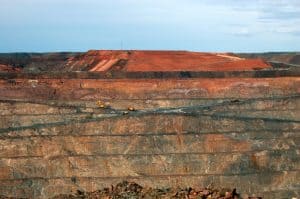 In September 2018 Australia commenced an inquiry into sleep health awareness. At the time:
In September 2018 Australia commenced an inquiry into sleep health awareness. At the time:
“The Committee Chair, Mr Trent Zimmerman MP, stated that ‘the Committee will examine the causes, economic and social costs, and treatment of inadequate sleep and sleep disorders.” (link added)
Although there is no timetable for the tabling of this Committee’s final report, many of the issues raised in the submissions relate directly to work and work-related mental health risks. Sadly there are hardly any solutions but this is a challenge to all public inquiries and which is particularly relevant to the current spate of Australian inquiries into OHS and mental health.


 On the corner of Lygon and Victoria Streets in Melbourne is a monument to the 8 Hour Day. This represents a social structure of work that equates to
On the corner of Lygon and Victoria Streets in Melbourne is a monument to the 8 Hour Day. This represents a social structure of work that equates to
 A SafetyAtWorkBlog reader emailed me this question:
A SafetyAtWorkBlog reader emailed me this question:
 Small regional conferences often work better than major city-based conferences as the atmosphere is more relaxed, delegates are more approachable and there is less pressure to attend some grand trade expo.
Small regional conferences often work better than major city-based conferences as the atmosphere is more relaxed, delegates are more approachable and there is less pressure to attend some grand trade expo.